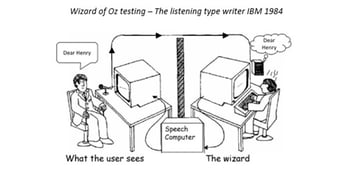Fixing the client / agency relationship – Deeper understanding
Posted in Insight
July 2019
4 minutes reading time
Part two: Deeper understanding & delivering what’s right for your users
The business landscape has changed vastly since the launch of the first commercial website in 1993 and is constantly evolving at a faster and faster pace. Organisations and agencies are under increasing pressure to deliver efficient, slick experiences on incredibly tight budgets and under strict time-constraints. Under this sustained pressure, the client/agency relationship has suffered and everyone is under pressure in 2019.
In part one of our ‘Why the client / agency relationship is broke and how we can start to fix it’ blog, we looked at the broken agency selection process and explored how we might start to change things for the better.
In part two, we examine the need for brands and their agencies to gain a deeper understanding of the end-user to really stand out and be successful.
Inclusivity and the shift to purposeful marketing
Insight and understanding needs to be at the heart of any strategy. Without understanding who your users are and what they want and expect, it is impossible to deliver anything successful.
Personalised experience is becoming, if not already, the norm. It’s an expectation. The accessibility of, and prolific mobility of information has allowed Millennials and Gen Z groups to take a step back and consider some other rather interesting purchasing criteria….
It’s important to note that if Millennials are more conscious than ever about their purchases reflecting their beliefs and values, and Generation Z is close on their trail, a long-term change is most likely taking place
Source: Global Web Index
…and this isn’t a problem that will just go away. Trust and a shift to belief-driven buying is a growing trend. The need for brands to stand for something and be authentic is more important than ever.
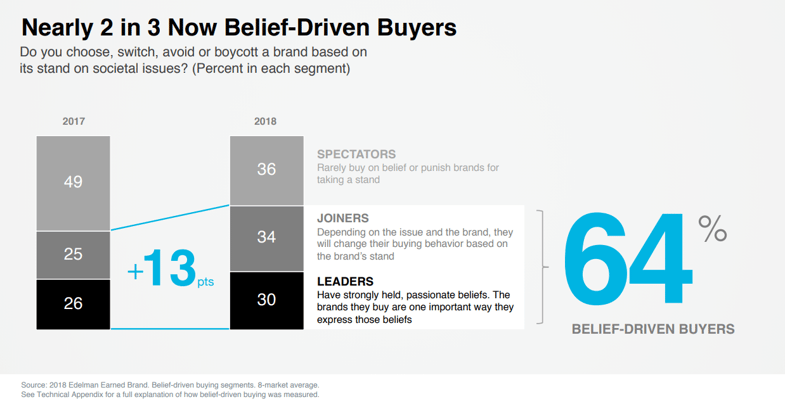
So how can brands stand for something in an authentic way that will resonate with audiences?
Too many brands play at purposeful marketing and consumers see straight through it. This can result in a negative backlash when the messaging is tone-deaf, or seen as exploiting a situation. Think of the recent backlash against Pepsi, or Lush’s Spycops campaign.
You can’t reverse into a mission and values through marketing. The organisations that are struggling with this are probably the ones that are thinking about marketing first.
Alex Weller: Patagonia
Problems also arise when brand partnerships are mis-aligned – Jamie Oliver’s recent tie-up with Shell for example, caused many to highlight the hypocrisy of a health champion signing a deal with one of the world’s largest oil companies. The disconnect in core values often leads to scepticism and a negative public backlash.
I would argue that all these examples arose from a lack of customer understanding – on the side of the client and the agency. Brands and agencies need a commitment to research and data, to truly understand who their users/customers are and what makes them tick.
Brands and agencies can work together to deliver products, services and campaigns that deliver what users want and encourage engagement. In line with the shifting trends, we’re seeing brands starting to focus on trust, values, community, environment, inclusion and the real world.
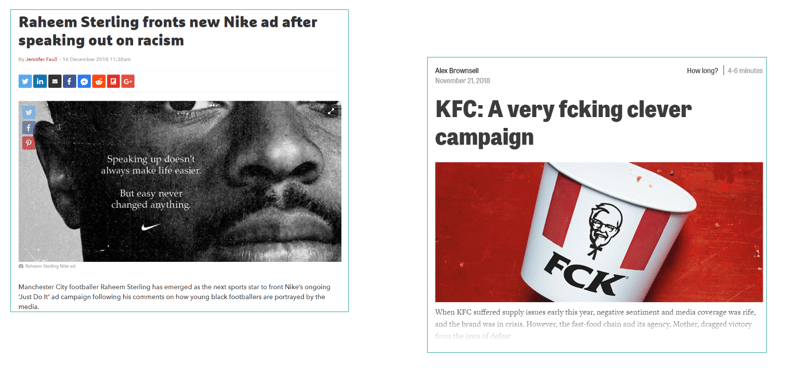
Both Nike and KFC are great examples of a brand working closely with an agency partner who completely understands the brand, their values and what will resonate with their audience. Both were turned around in extremely tight timeframes and both are examples of a brand tackling a difficult / awkward conversation head on – risking a backlash but trusting that honesty and values will connect and resonate.
Can we take cost out of the equation and focus on the customer?
As we discussed in part one of this series on the agency selection process, often it seems like the final decision on which agency is chosen comes down to cost, rather than choosing the proposition which best meets the needs of the organisation and their end users.
Is the problem that, despite marketers having the best intentions, they are fundamentally limited by wider business priorities and the bottom-line? How effective can marketing be, if the reality is a distinct lack of customer-centricity from the top-down?
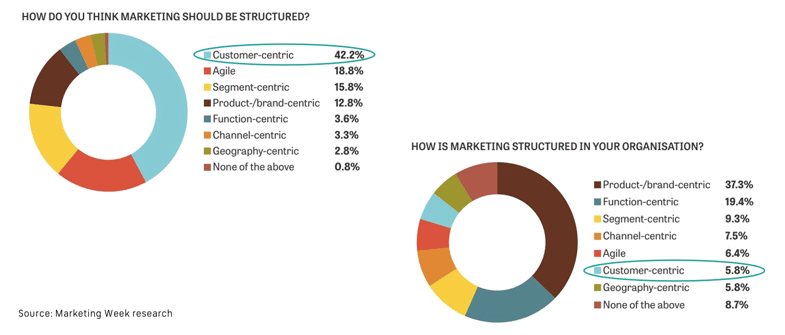
Customers are demanding brands focus on them, but organisations are still putting their internal priorities first.
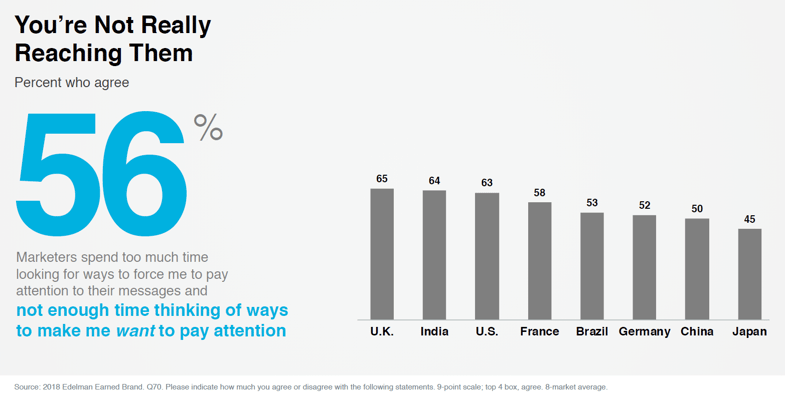
There is responsibility for both agencies and organisations to concentrate on the end user and think about who they are trying to engage. Perhaps the collective challenge should be for us all to try and take cost out of the situation and instead focus on the end result.
The best piece of advice I ever got from anyone was when Spike Jonze said, 'Take money out of the equation.' And that's actually when Vice started making lots of money. That's when I stopped worrying about money and started worrying about what I wanted to do.
Shane Smith, Founder, Vice Media
As an agency this is precisely one of the ways in which we challenge our clients.
The reality is we probably can’t take cost out of the equation, but it is a good test for all of us to see if we’d actually do things differently if we could.
With a history steeped in the Public Sector, we’ve had our fair share of challenges along the way with cost. As an extension of our clients, we’ve had to do more with less, whilst customer expectations have grown, and the complexity of channel mix and use has increased tenfold.
Perhaps, like Shane Smith at VICE we might get the chance to stop worrying purely about the commercial drivers and focus on things that make a positive difference.


